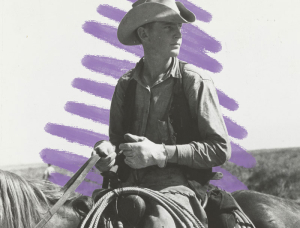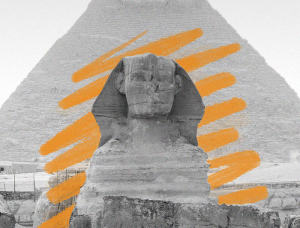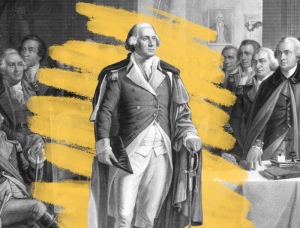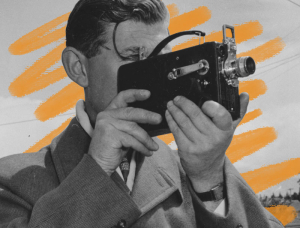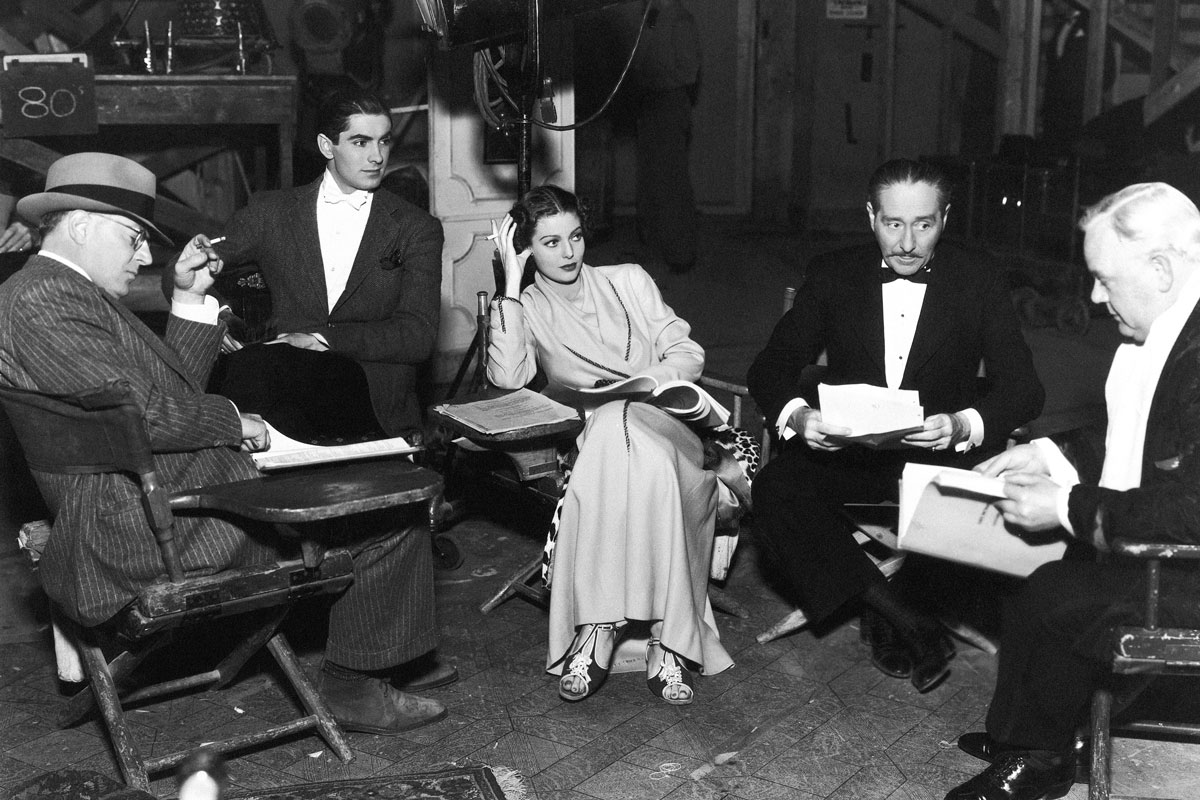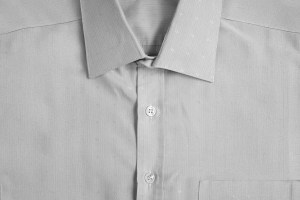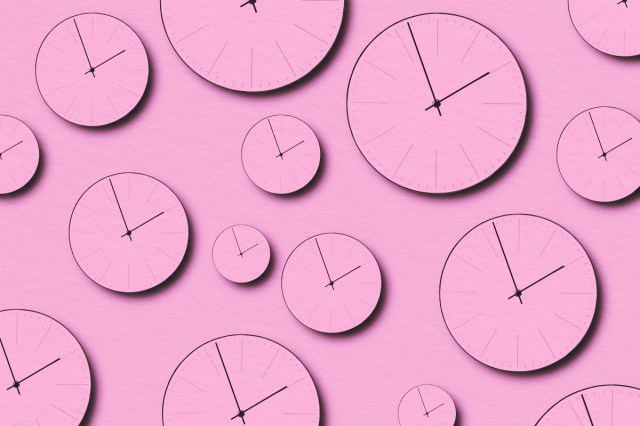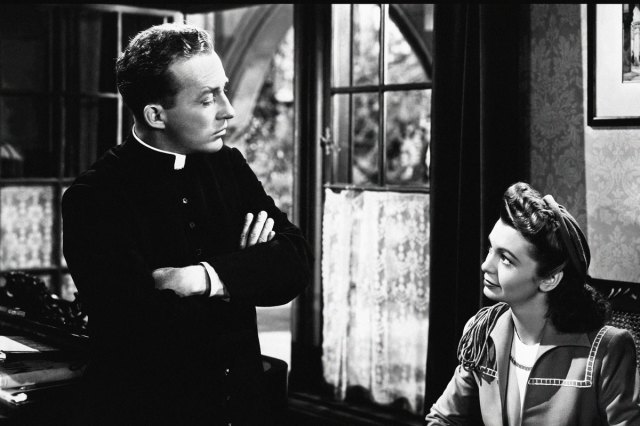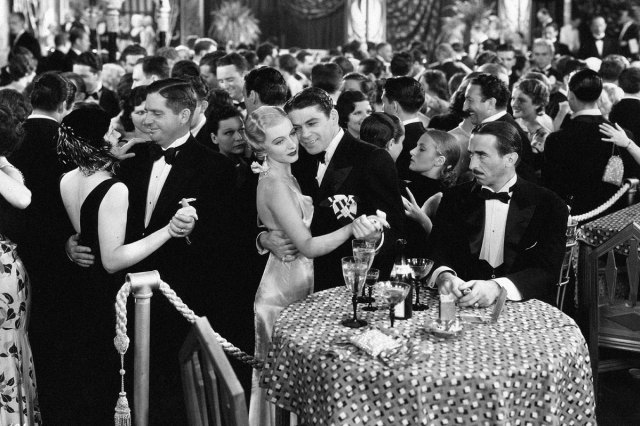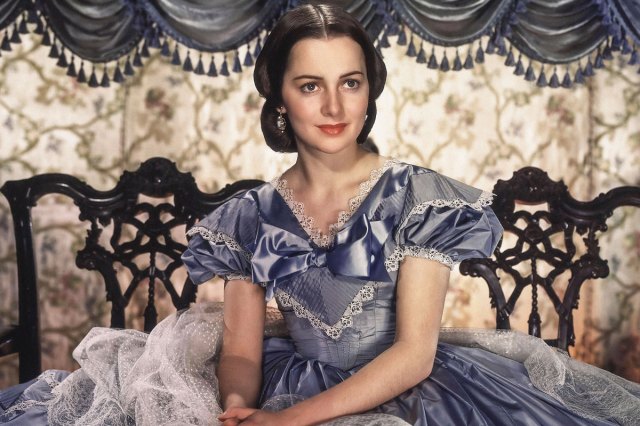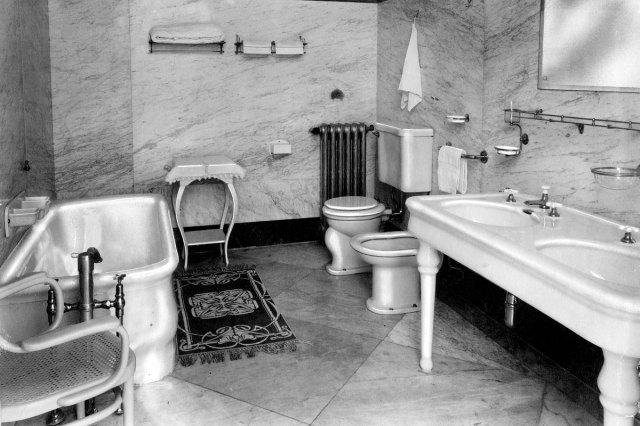5 Strange Rules From Hollywood’s Hays Code
The golden age of Hollywood was an era of glamorous stars and timeless films, but behind the sparkle was a somewhat less romantic reality. From 1934 until the late 1960s, films were subject to strict moral scrutiny and censorship under the Motion Picture Production Code, better known as the Hays Code.
Named for politician Will H. Hays, who served as president of the Motion Picture Producers and Distributors of America, the set of rules was born from scandal. A series of high-profile controversies in the 1920s convinced the public that Hollywood was reckless, immoral, and a dangerous influence on the general public. Fearing government censorship, Hollywood studios opted to police themselves instead.
On paper, the Hays Code guidelines promised protection for impressionable viewers. In practice, this meant a long list of oddly specific rules primarily targeting crime, profanity, or anything sexual in nature, many of which reflected social anxieties of the era but seem outlandish and outdated today. Here are five of the strangest rules from Hollywood’s Hays Code days.
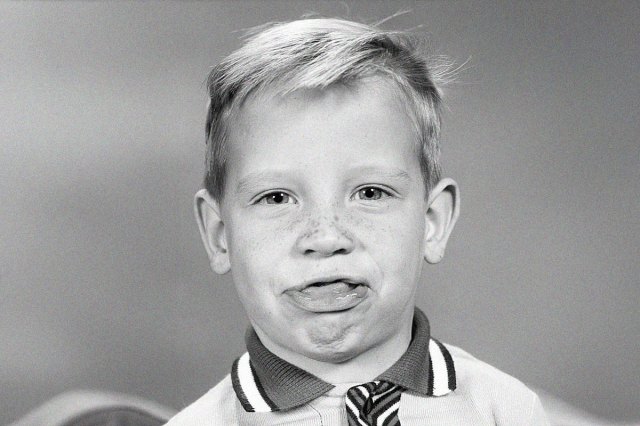
No “Raspberry” Sounds
It’s a sound most of us associate with children or silly teasing, but in 1930s Hollywood, making a “raspberry” sound was forbidden. The juvenile act of placing one’s tongue between the lips and blowing (also known at the time as the “Bronx cheer”) was deemed a “vulgar expression” and listed under the Hays Code’s profanity section. Other gestures of mockery were flagged as well, such as using the middle finger.
Of course, the rules didn’t just forbid gestures. Many words were also considered profane, including “cripes,” “lousy,” and “damn.” In fact, one of the most famous lines from 1939’s Gone With the Wind — “Frankly, my dear, I don’t give a damn” — almost didn’t make it past censors the Production Code Administration office, who ultimately allowed the line due to its literary roots.
